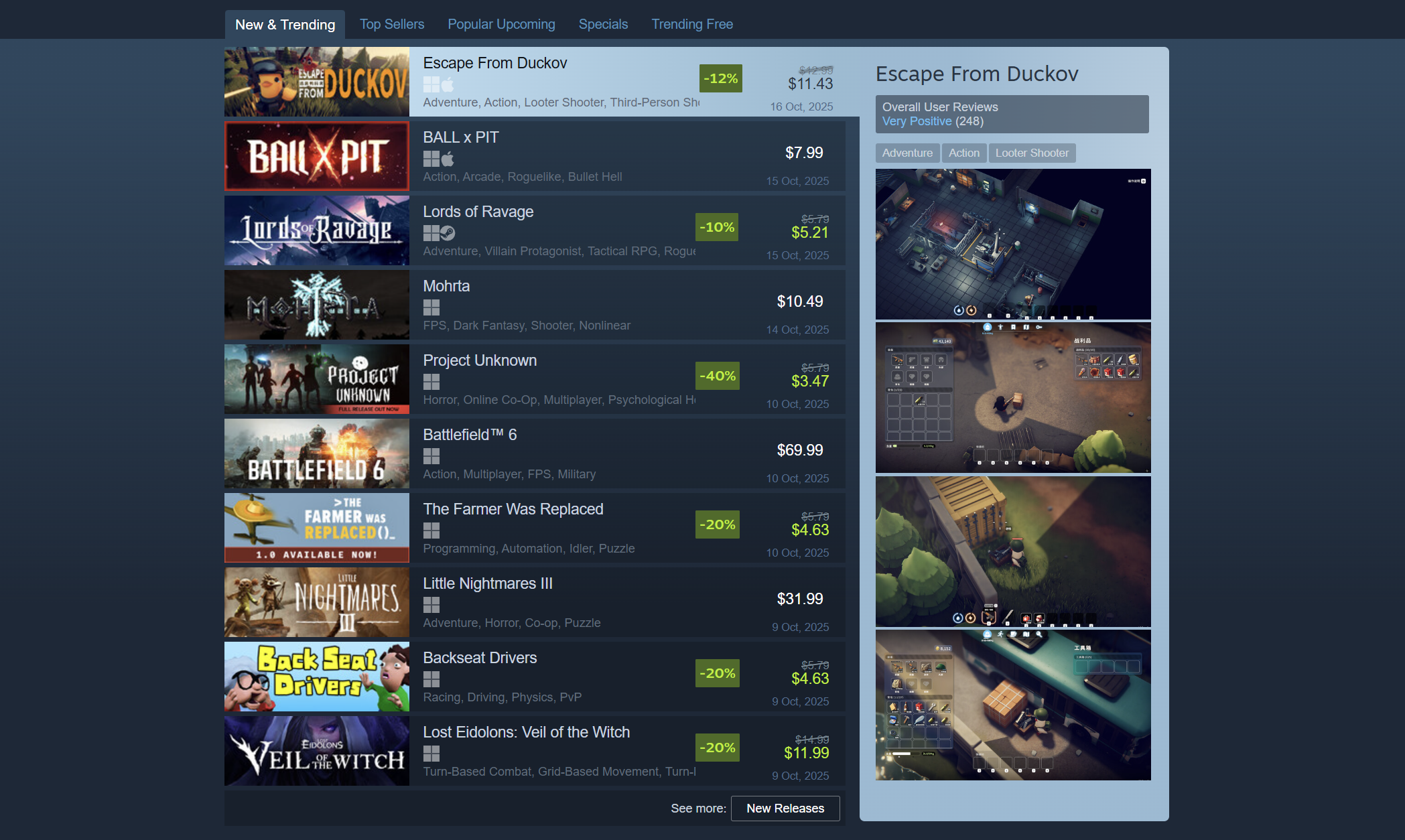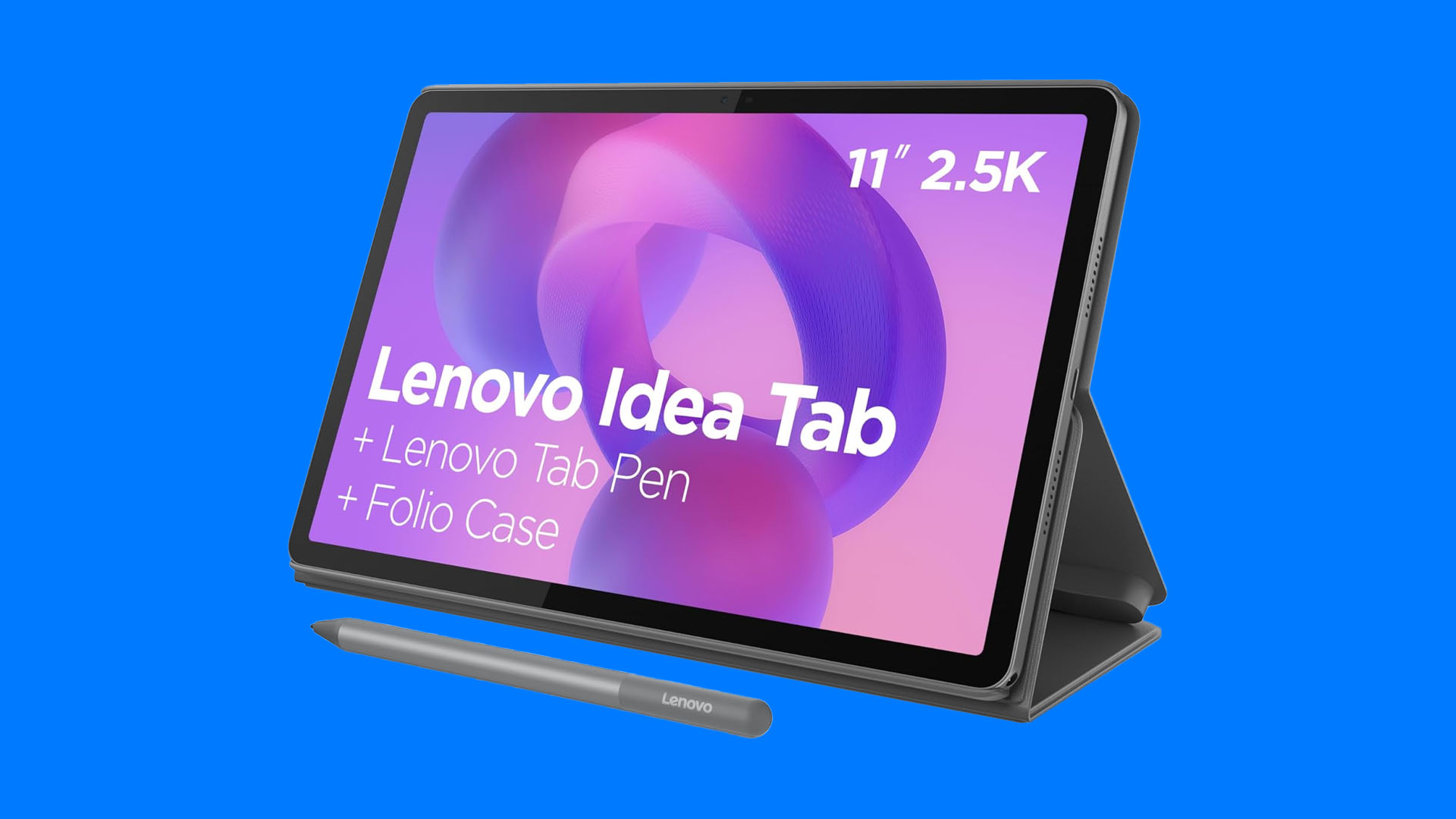Indie developer hilariously shows how not to market a video game
Any indie developer will be able to tell you that designing and making a video game is only part of the job. You also need to market the game if you want people to actually play it, and that can sometimes be the most difficult and disheartening part.
Marketing a video game might not throw up the technical challenges involved in making it, but it can require just as much creativity, as one indie dev recently demonstrated with an unusually blunt approach (for help on the making side of things, see our guides to the best game engines and the best laptop for game development).
How I thought marketing my indie game would go vs. reality 💀 from r/IndieDev
Solo indie developer Marty PixelRod hit the streets of downtown Greenville, South Carolina, to try to drum up interest in his gameplay trailer ahead of today's release of new mini-metroidvania, Prototype Juan: A Tale of Two Mundos. The video is in jest, but he has a serious point: marketing a video game can be hard, and it needs a more strategic approach than simply throwing it out there
Many developers will be able to relate to Marty as he stands forlornly on the high street with his laptop in front of him, hoping that at least one passerby might show interest in his game. It will feel like an apt analogy for those who have been there watching their Steam wishlist slowly tick up in single figures.
How to market an indie game
Clearly this isn't how to market an indie game. but how should you do it? Below, I've rounded up a few tips from some of the developers we've featured in our Indie Game Dev Insider series (by the way, you can find Prototype Juan: A Tale of Two Mundos on Steam today if you want to show Marty some support).
01. Start marketing when you start development
New game developers often want to crack on with making the game and worry about marketing later. That's totally understandable since you might not feel confident enough to start shouting about a game if you don't know when you'll finish it, and mastering the challenges that come up in development can be enough work if you're a solo developer.
But if you want your game to get somewhere and not remain a personal project, you need to start marketing at the same time you start making it, and that includes showing early development.
Daily design news, reviews, how-tos and more, as picked by the editors.
Look at how established developers and even film studios market their products: the hype often begins long before release. There might be an initial tease to generate curiosity in niche audiences, and then an announcement trailer, a cinematic trailer, a gameplay trailer and eventually the launch trailer. Every step plays a role in ensuring that people know about the product by the time it's ready for release.
02. Strategise
The first step in marketing anything is research and strategy. That means thinking about who will play your game, how you can reach them and what kind of message will appeal to them. Ideally, even your development decisions will be based on market research. For example, you might choose to focus on an emerging subgenre, a old concept that was ripe for a revival, or a genre that's popular but has little competition compared to others.
Find out who your competitors are, compare their price points and see if you can identify what caused any spikes in wishlist velocity (data providers like Gamalytic.commay help here). And make sure you're clear on what unique selling proposition (USP) will make your game different or better.
03. Keep it going
It can feel like a slog, but successful marketing requires consistency and constant momentum. Use multiple marketing actions that amplify each other. That could mean making a new trailer and using it in different ways, providing development updates, asking for feedback and running playtests to find bugs.
Basic marketing essentials include an up-to-date website and easily locatable press kit. Festivals are a great place to get visibility. There are lots of official events run by steam but also 3rd party festivals. And a demo is essential to boost your wishlist and to gain more promotional opportunities.
An email newsletter isn't a must but it provides a way to keep communicating directly with your audience to keep them engaged, and it doesn't depend on the whims of social media algorithms. We have a guide to the best free blog platforms.
Try to time announcements strategically. This could include timing demo updates around big festivals and approaching media and content creators ahead of events. For the latter, focus on those that have shown an interest in your genre, and send them a key and a personalised message. You could offer an exclusive trailer or demo release in exchange. You might also want to consider paid ads on platforms such as Reddit, YouTube and Facebook, but this can become expensive.
04. Optimise your Steam page

Steam is key for visibility. Your game's page should have quality capsule art, an engaging description of the game and should accurately communicate what players can expect. Check GameStat's Steam tag statistics to choose the best tags for your game.
Wishlists are Steam's main metric, which it uses to measure the popularity of games. If you can create spikes in wishlist velocity (the speed at which people wishlist your game), there's a chance the algorithm could put you in a featured section like 'Popular Upcoming' or 'New & Trending'. Demos may now appear in 'Trending Free', which is another reason why a good demo is so important.
05. Build community
Aim to build a community around your game starting early in development. Your first fans can become enthusiastic allies and ambassadors, amplifying the hype around your game. Use social Media and interact with potential players naturally. Reshare user-generated content (UGC) and run surveys to invite honest feedback on bugs and features. You can also holding contests, giveaways or tournaments as incentives.
Discord is a popular choice, and many devs opt to direct people there from other channels and content. Early members on your channel can provide insights into how to reach your target audience while also helping you fix problems. For story-based games, a spoilers channel will allow people to talk about the story without ruining it for others.
X, the ex-Twitter, might seem like a graveyard sometimes these days, but it can be good for targeting trending hashtags and starting a conversation. Try 'ask me anything' posts, and get fans to engage early for a bump in engagement. Also see our roundup of the best social media sites for creatives.
06. Take every opportunity to market
Finally, remember that every post and every comment is a chance to show your game to the world, even if you're just asking other devs for help in online forums. Even if it's not a marketing post, take the opportunity to talk about your game and communicate its selling point.
For more inspiration, see our features on the best indie developers. If you're just starting out, you might also want to see our feature on getting started in game development and our explainer what is concept art?
We also have guides to the best tools for game art and textures and the best places to get free game assets.

Joe is a regular freelance journalist and editor at Creative Bloq. He writes news, features and buying guides and keeps track of the best equipment and software for creatives, from video editing programs to monitors and accessories. A veteran news writer and photographer, he now works as a project manager at the London and Buenos Aires-based design, production and branding agency Hermana Creatives. There he manages a team of designers, photographers and video editors who specialise in producing visual content and design assets for the hospitality sector. He also dances Argentine tango.
You must confirm your public display name before commenting
Please logout and then login again, you will then be prompted to enter your display name.
